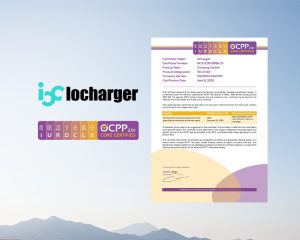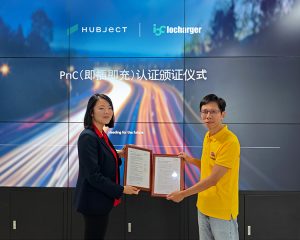Solutions de bornes de recharge à courant continu - Pour l'avenir de la mobilité électrique
Le numéro 1 mondialst Solution de recharge pour véhicules électriques certifiée OCPP2.0.1 et Hubject ISO15118 PnC
Station de charge CC
Les chargeurs rapides à courant continu (DCFC), également connus sous le nom de chargeurs de niveau 3 pour véhicules électriques, constituent actuellement l'option de charge la plus rapide disponible pour les véhicules électriques.
Contrairement aux chargeurs de niveau 1 et de niveau 2, qui fournissent du courant alternatif (CA) que le VE doit convertir en courant continu (CC) pour le stockage, les chargeurs CC utilisent du courant alternatif de qualité commerciale provenant du réseau et le convertissent en courant continu (CC) à l'intérieur du chargeur avant de l'envoyer à la batterie du véhicule. Cela permet des taux de transfert d'énergie beaucoup plus élevés et une vitesse de charge plus rapide.
Alors que les chargeurs de niveau 1 et 2 peuvent prendre plusieurs heures pour recharger complètement un véhicule électrique, les chargeurs de niveau 3 peuvent recharger jusqu'à 80% de la batterie du véhicule en seulement 20 à 30 minutes. Les stations de charge rapide à courant continu sont le choix idéal pour les endroits où les VE doivent bénéficier d'une autonomie maximale en un minimum de temps.
Les stations de charge rapide CC d'Iocharger permettent une gestion dynamique de la charge, offrant une véritable charge simultanée des véhicules électriques. Nos chargeurs rapides DC sont entièrement conformes aux normes OCPP 1.6J et OCPP 2.0.1, et supportent les fonctionnalités ISO15118 et Plug and Charge (PnC), offrant de multiples niveaux de connectivité et diverses options d'interaction avec l'utilisateur.
Principaux avantages
Iocharger a les bonnes solutions de charge pour les véhicules électriques pour répondre à vos besoins de charge.
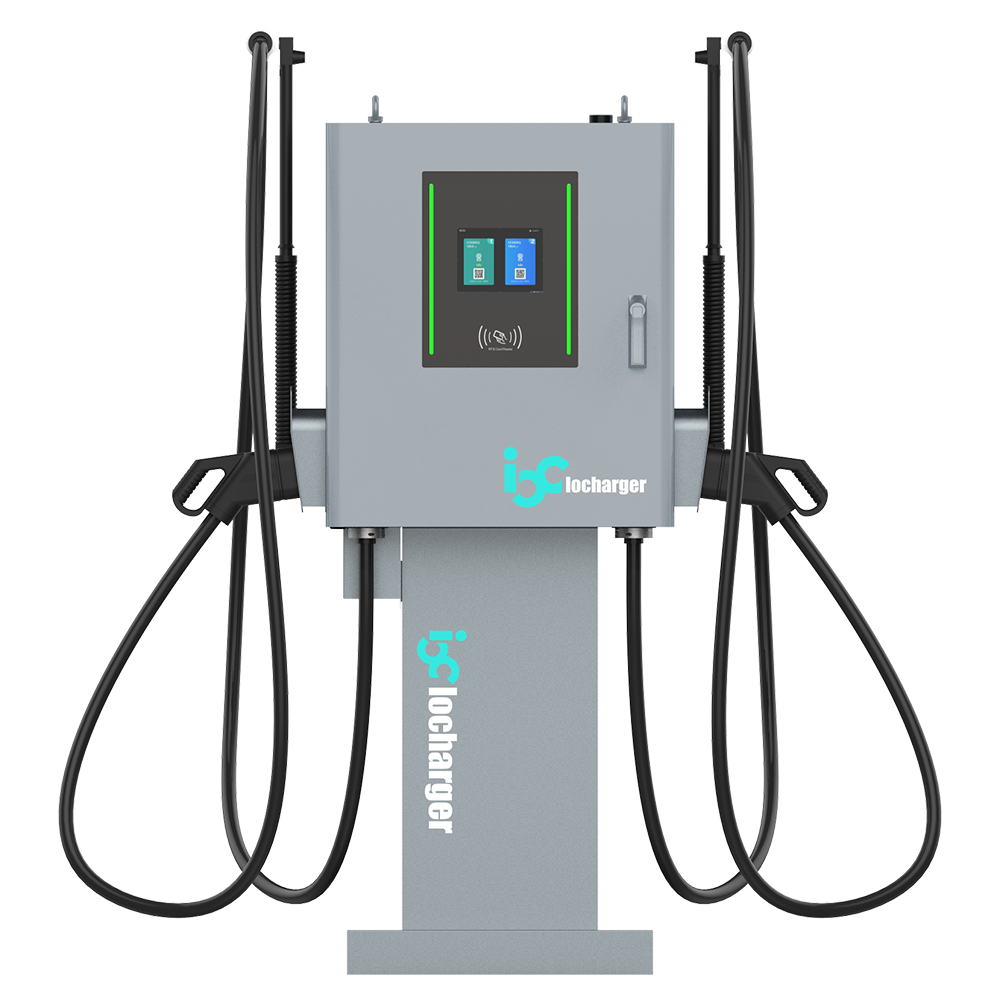
IOCHY2
Montage mural ou au sol pour une application facile.
Capacité d'entrée : Triphasé 400V±15% AC
Puissance de sortie DC maximale : 30kW/ 60kW
Plage de tension de sortie DC : 150V-1000V DC
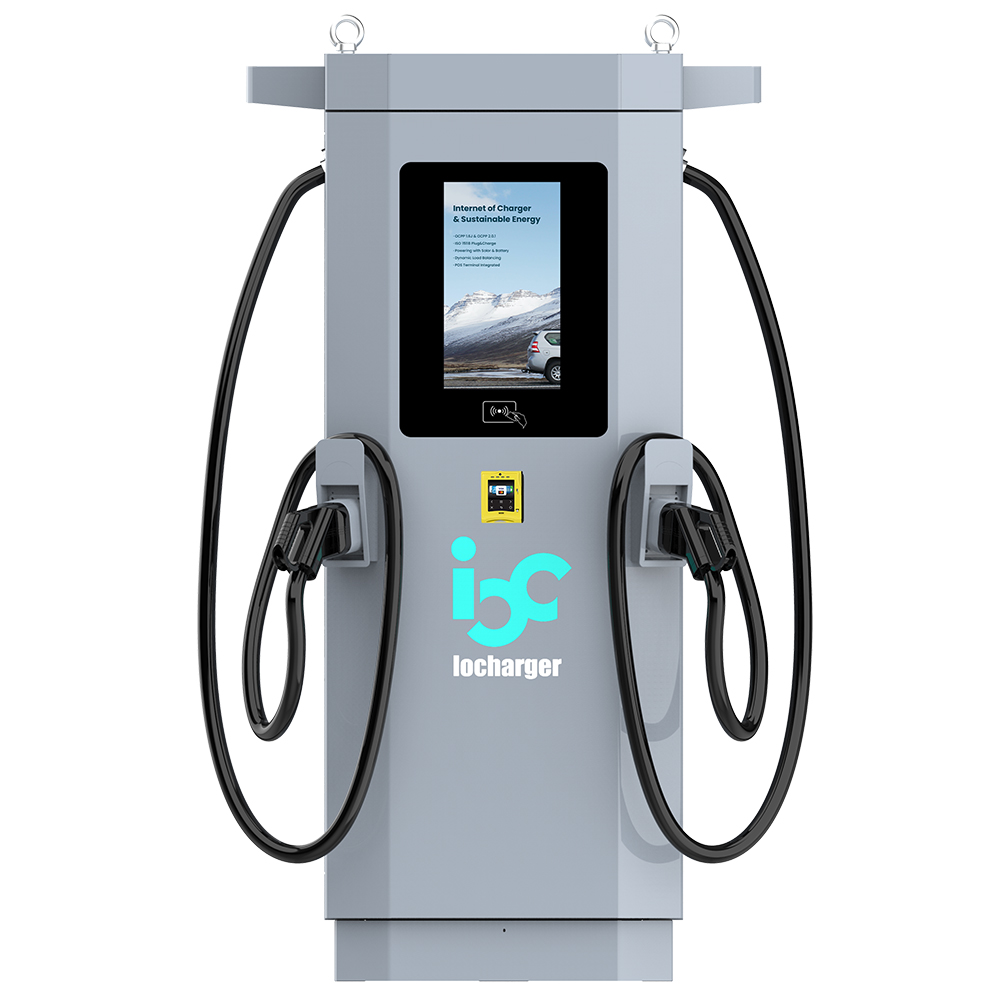
IOCJY2
Certifié CE
Capacité d'entrée : Triphasé 400V±15% AC
Puissance de sortie CC maximale : 60 kW-180 kW
Plage de tension de sortie DC : 150-1000V DC
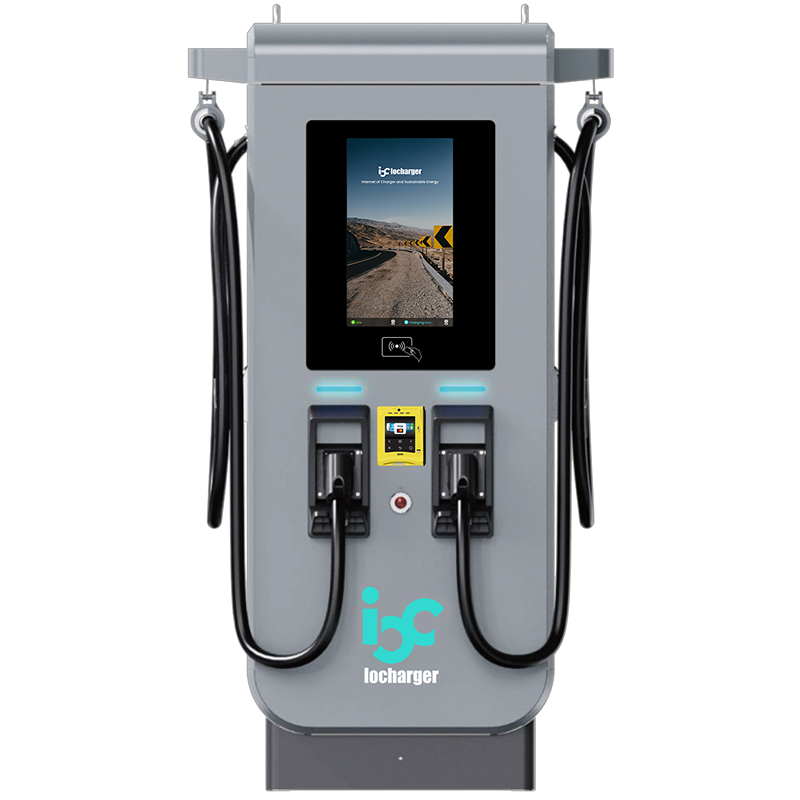
IOCNY2
S'intègre au système publicitaire pour une utilisation commerciale.
Capacité d'entrée : Triphasé 400V±15% AC
Puissance de sortie CC maximale : 60 kW-240 kW
Plage de tension de sortie DC : 150-1000V DC
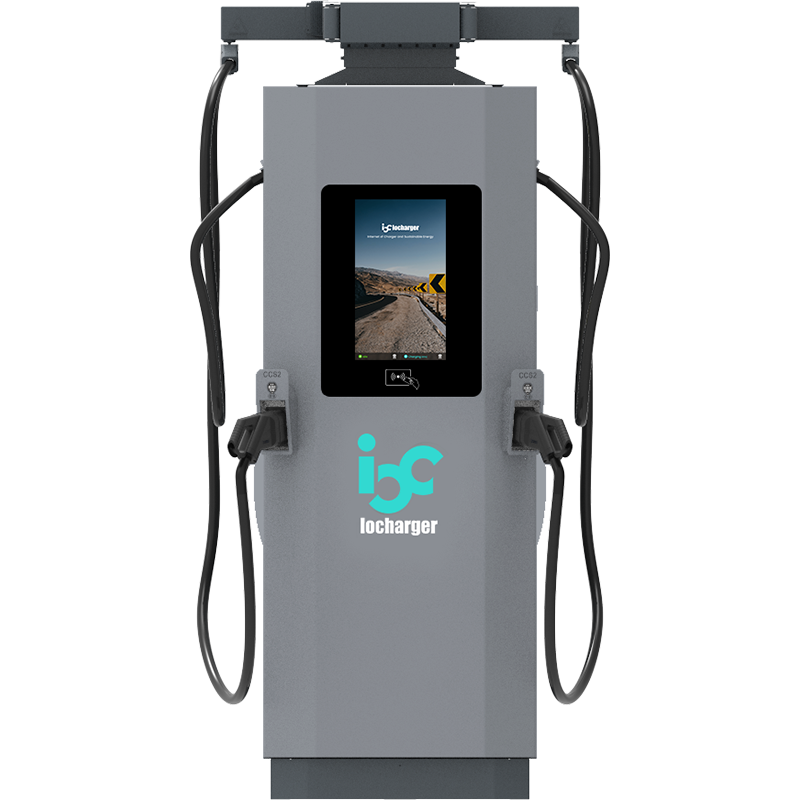
IOCLY2
Une station de recharge ultra-rapide pour augmenter considérablement les vitesses de recharge
Capacité d'entrée : Triphasé 400V±15% AC
Puissance de sortie CC maximale : 240 kW-420 kW
Plage de tension de sortie DC : 150-1000V DC
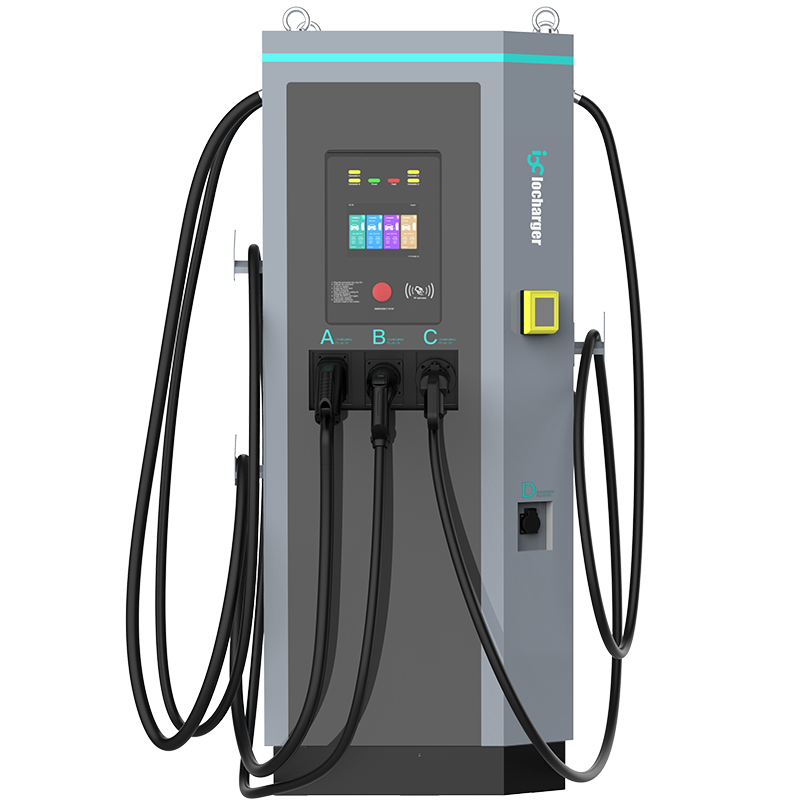
IOCHY3
Chargeur combiné AC DC qui recharge jusqu'à 4 véhicules simultanément
Capacité d'entrée : Triphasé 400V±15% AC
Puissance de sortie maximale : DC 60kW+AC 22kW/
DC 120kW+AC 22kW
Plage de tension de sortie DC : 150-1000V DC
Iocharger - Fournisseur de solutions professionnelles de recharge de véhicules électriques commerciaux

Profils complets OCPP 1.6J mis en œuvre, y compris la charge intelligente, OCPP2.0 évolutif
Les protections électriques comprennent les surintensités, les courts-circuits, les surtensions, les sous-tensions, les défauts de mise à la terre, les surtensions dues à la foudre et les surchauffes.
Prise en charge de diverses installations telles que IT, TN-S, TN-C et TN-C-S
Serveur OCPP, connexion Internet, puissance maximale et autres configurations du système sur la page web via PC, PAD et téléphone portable.
Distribution dynamique de la puissance de sortie d'un système avec d'autres appareils, en fonction de la puissance disponible
L'équilibrage dynamique des phases permet à notre système de gérer simultanément les charges monophasées et triphasées, optimisant ainsi l'utilisation de toute la puissance disponible tout en évitant le déséquilibre du réseau.
FAQ sur la station de recharge CC
Non. Les maisons n'ont généralement qu'une alimentation monophasée, mais les chargeurs rapides à courant continu ont besoin d'une alimentation triphasée, qui n'est disponible que dans les stations de charge commerciales ou publiques.
Les chargeurs rapides à courant continu nécessitent une alimentation en courant alternatif triphasé de 400-600 V. Si vous n'êtes pas sûr de la compatibilité, contactez-nous pour obtenir de l'aide.
Non. La plupart des VE récents prennent en charge la charge rapide en courant continu, mais les modèles plus anciens ou les VE à petite batterie peuvent ne pas être compatibles. Vérifiez les caractéristiques de votre véhicule pour vous assurer de sa compatibilité.
- CCS-1 : utilisé en Amérique du Nord
- CCS-2 : utilisé en Europe
- CHAdeMO : utilisé au Japon
- GB/T : Utilisé en Chine
Les batteries des VE ont une limite de puissance - une fois cette limite atteinte, la puissance supplémentaire du chargeur n'accélérera pas la charge.
Cependant, les chargeurs à haute puissance sont utiles pour les raisons suivantes :
- Ils peuvent charger deux VE à la fois (double connecteur).
- Ils sont à l'épreuve du temps - il n'est pas nécessaire de les mettre à niveau plus tard lorsque les batteries des VE s'améliorent.
La vitesse de chargement dépend de :
- Type de chargeur - Plus la puissance est élevée, plus la charge est rapide (si la voiture le permet).
- Batterie de véhicule - La charge ralentit après la batterie 80-90%. Les batteries plus anciennes/petites peuvent se charger plus lentement.
- Conditions - Temps froid = charge plus lente. Température optimale (20-30°C) = charge la plus rapide.
Sous les feux de la rampe : Développements récents
